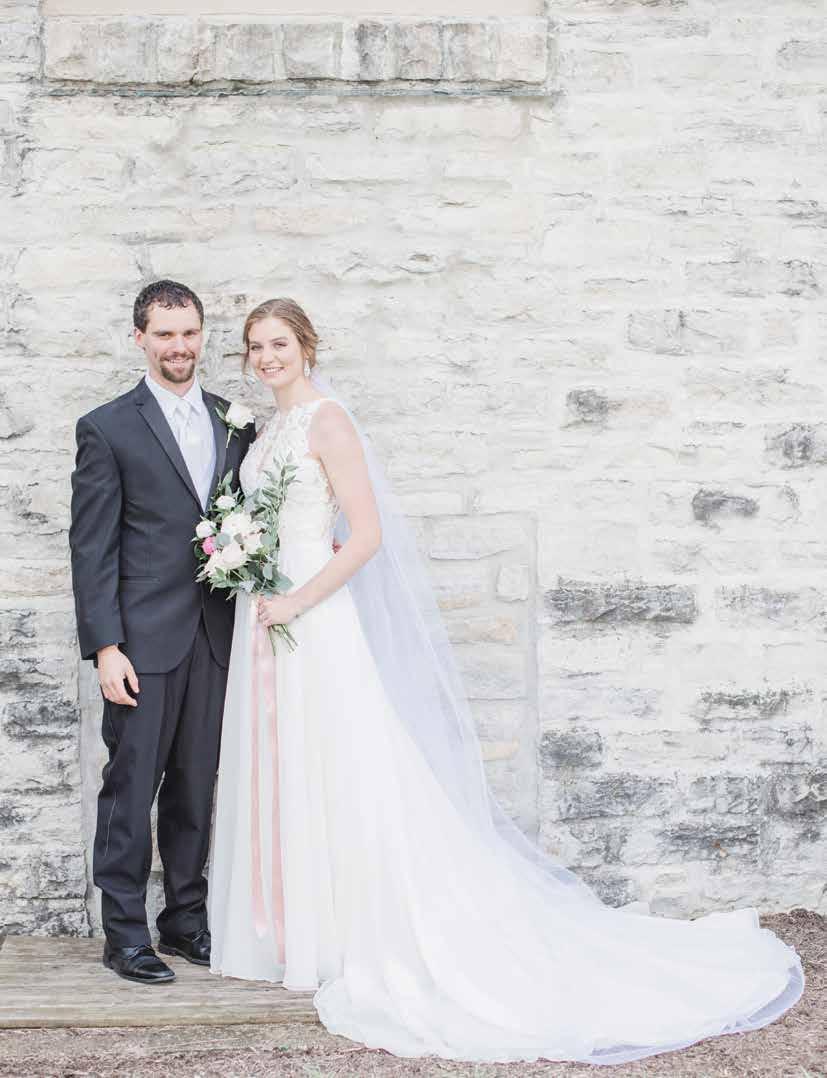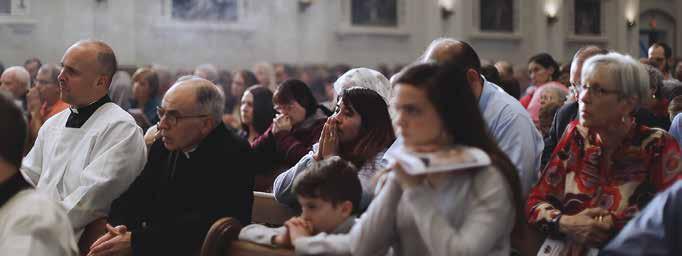A C L OS E R L OOK
RELIGIOUS FREEDOM IS ROOTED IN DUTY, NOT RIGHTS In America, July is the month of freedom, as we celebrate the anniversary of our nation’s Declaration of Independence. But while the July 4th holiday officially commemorates national political sovereignty, we are more likely to think about liberty in terms of individual autonomous rights. Independence Day encomiums have more to do with the 1791 Bill of Rights – the first 10 amendments to the Constitution – than with the 1776 Declaration of Independence. Even more specifically, in July Christians celebrate the so-called “first freedom” found in the First Amendment: “Congress shall make no law... prohibiting the free exercise” of religion. But a closer look at the political philosophy informing the American institution of religious liberty demonstrates that it was intended by its proponents to dilute, erode and undermine authentic religious commitment and witness, not to protect it. As such, perhaps we Catholics should focus on a better foundation of religious liberty, found not in the First Amendment to the U.S. Constitution, but in the Vatican II’s declaration on religious liberty, Dignitatis Humanae Personae. THE RIGHT NOT TO BELIEVE TRUTH For both Thomas Jefferson and James Madison, for example, freedom of religious conscience is not rooted in the truth of Christian faith (or any other religious claim), but rather in the autonomous right to reject any such truth outside the subjective conscience of the individual. Conscience is not considered to be the application of truth to moral action, but rather the declaration that there is no such truth to be applied to moral action, other than the unfettered choice of the individual. As such, religious truth is not discovered. Rather, it is “created” by the conscience of the individual, as an exercise of will. 3 2 | A CLOSER LOOK
As Madison put it, “Religion consists in voluntary acts of individuals,” not in transcendent truth. And he believed that broad public confession of particular religious truth is to be discouraged, as it may form a coherent witness against the power of the state. The purpose of religious liberty then is not to protect religious conscience, but rather to spawn a proliferation of religious sects. This undermines the ability of any church to inform or shape public policy. For this reason, for example, Madison was strongly opposed to religious institutions owning real and personal property. Similarly, for Jefferson the purposes and goals of individual religious liberty are not protection of the individual conscience in conforming to truth, but rather dilution of faith in any truth, such that its influence on public life would be marginalized. He considered his University of Virginia to be a microcosm of his national aspiration to weaken the faith of religious believers – to, as Jefferson put it, “soften their asperities, liberalize and neutralize their prejudices, and make the general religion a religion of peace, reason and morality.” And in an 1822 letter, he said, “I trust that there is not a young man now living in the United States who will not die a Unitarian.” Jefferson believed that the American establishment of religious liberty, as canalized in the First Amendment, was the vehicle for doing that. THE DUTY TO EMBRACE TRUTH In 1965, the Second Vatican Council promulgated Dignitatis Humanae Personae, suggesting a very different foundation for religious liberty. In Dignitatis, the foundation for freedom of religion is not autonomous individual rights but rather the dignity of the human person, created in God’s image to love and worship Him.
















